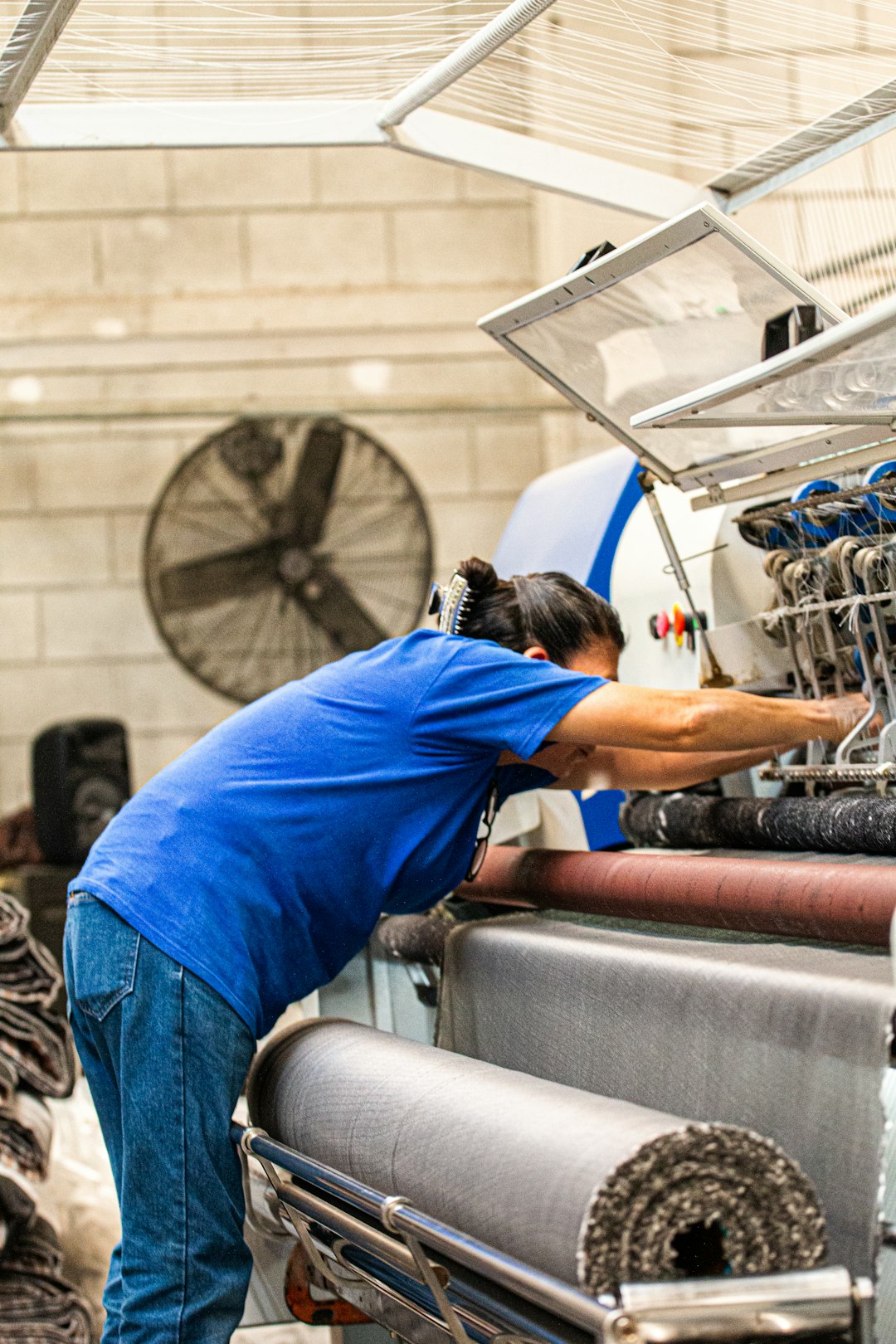Innovations in Sustainable Packaging for Manufacturing
As the world becomes more aware of the environmental impact of industrial practices, the need for sustainable packaging in manufacturing has never been more apparent. Traditionally, packaging materials such as plastic and Styrofoam have been widely used, leading to an increase in waste and pollution. However, in recent years, several innovative solutions have emerged, focusing on reducing the environmental footprint of packaging while still ensuring functionality and safety.
One such innovation is the use of biodegradable materials for packaging manufacturing. Biodegradable materials are derived from natural sources such as plants and are designed to break down into harmless components over time. This not only reduces the amount of waste generated but also decreases the energy required for recycling and disposal. Materials such as corn starch-based plastics and mushroom-based packaging have gained popularity due to their ability to biodegrade without releasing harmful toxins into the environment.
Another important aspect of sustainable packaging is the incorporation of recycled materials. By utilizing materials that have already been processed and used, manufacturers not only reduce the demand for new resources but also contribute to the circular economy. For instance, cardboard made from recycled paper and plastic packaging made from recycled bottles are becoming increasingly common. This not only reduces the strain on natural resources but also decreases the energy and water consumption required for manufacturing.
One of the most promising innovations in sustainable packaging is the use of nanotechnology. Nanotechnology involves manipulating materials at the atomic and molecular level to create new properties and functionalities. In packaging, nanotechnology can be used to create materials that are lighter, stronger, and more flexible, thereby reducing the overall material usage. Additionally, nanomaterials can be designed to have antimicrobial properties, extending the shelf life of products and reducing the need for preservatives.
Innovations in sustainable packaging are not limited to material choices but also extend to packaging design and logistics. Technologies such as 3D printing and smart packaging have gained traction in recent years. 3D printing allows for the creation of custom packaging that perfectly fits the product, minimizing the need for excess material. On the other hand, smart packaging incorporates sensors and indicators that provide real-time information on factors such as freshness and temperature, reducing food waste and ensuring product integrity.
The development and implementation of these sustainable packaging innovations require collaboration and awareness from all stakeholders in the manufacturing industry. Governments, manufacturers, and consumers must work together to encourage and adopt these sustainable alternatives. While the initial investment may be higher, the long-term benefits of reduced waste, increased efficiency, and a healthier planet far outweigh the costs.
In conclusion, innovations in sustainable packaging for manufacturing have the potential to revolutionize the way products are packaged and distributed. By incorporating biodegradable materials, utilizing recycled materials, harnessing nanotechnology, and embracing new packaging design and logistics, manufacturers can significantly reduce their environmental impact. It is our collective responsibility to support and promote these innovations as we strive for a more sustainable future.

